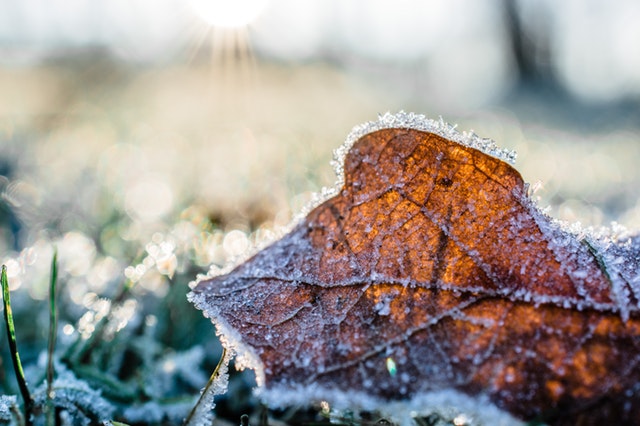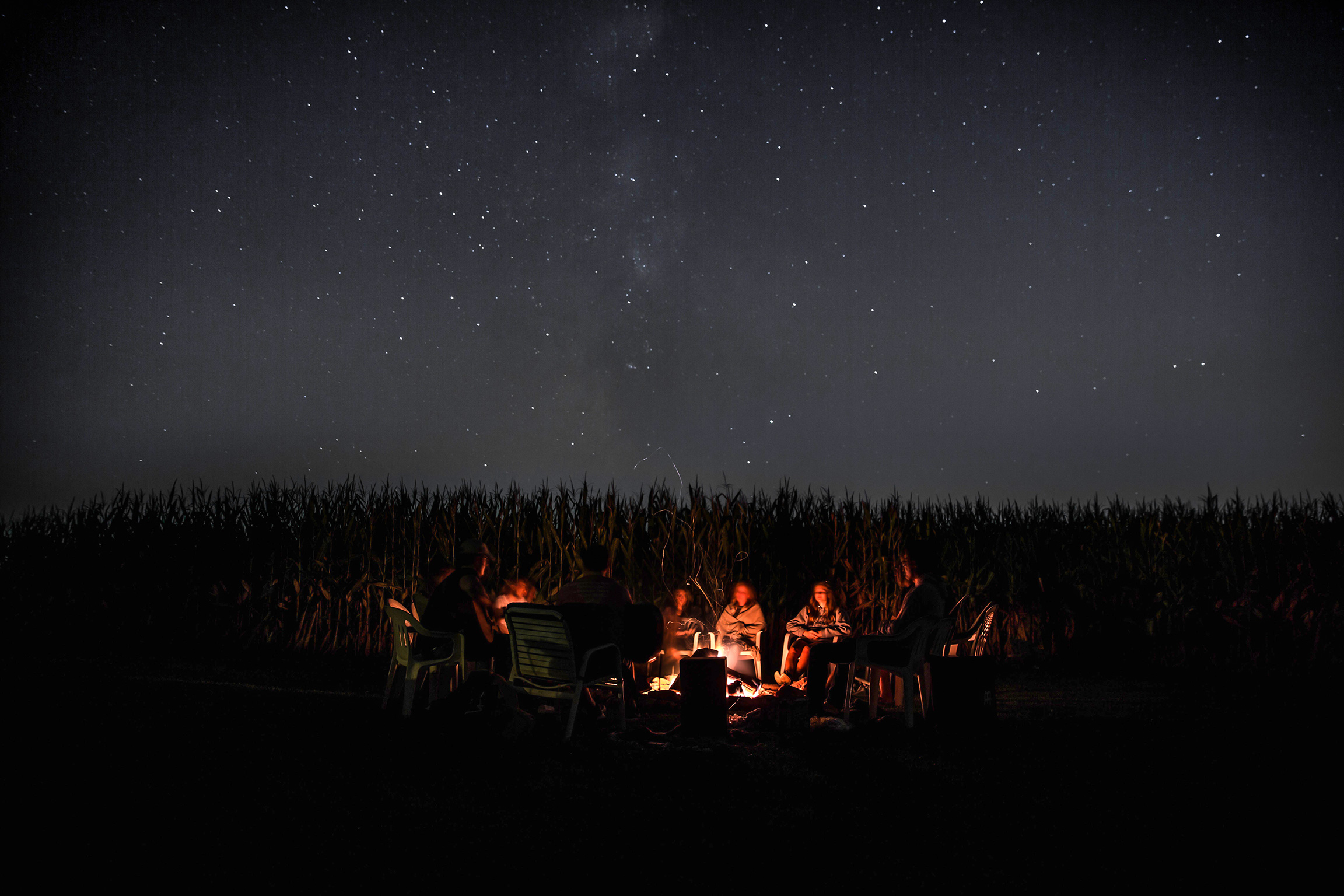Header photo by Kevin Erdvig on Unsplash
We’ve always been a winter city, for generations before we were even a city. Jacquelyn Cardinal of Naheyawin shares some of the nêhiyawêwin (Cree) words that relate to winter and the deep connections our Indigenous peoples have with the land.
Like many young Indigenous people today, my brother and I didn’t grow up speaking the traditional language of our people. In fact, until a few years ago, we probably could count the words we knew in nêhiyawêwin, or Cree, on one of our hands with a couple fingers to spare.
It wasn’t until a trusted elder shared with us that, “Our language is a song that comes from the land,” that we decided to seriously pursue learning it. We didn’t fully understand what he meant at the time, but after learning a few dozen words, their pronunciation, and their meaning, we began to grasp the truth of his simple words.

A different language is much more than just a different way of saying something. It carries different perspectives and hints at the values of the culture it comes from. In learning nêhiyawêwin, we found ourselves immersed in a thousand small reminders of our relationships to other people, to the beautiful place we live, to all the plants and animals that live here with us, and to our stories.
The more we have learned, the more we believe that this song of the land is not just for the descendants of those who have walked these lands since time immemorial, but for all ayisiyiniwak, or human beings, that call Edmonton home today.

Winter is traditionally a time for storytelling for our people. As we leave the last days of this season behind, we wanted to draw on that tradition and share nêwo or “four” nêhiyawêwin words and their stories with you.
kewetin ᑫᐁᐧᑎᐣ (keh-weh-tin)
The nêhiyawêwin word for “the last winter storm” is kewetin which has the root words of kiwe, meaning “go home”, and yôtin, meaning “wind”. This last snowstorm marked the transition between winter and spring, and signalled the start of the time for nehiyaw, or Cree, people to travel home from winter encampments. When the final snowfall in Edmonton this spring descends, remember to practice your new word: kewetin.
kôna ᑰᓇ (Koo-nah)
kôna means “snow”. It shares the root of the words kunatun and kunata’tisewin which are all words that mean, “clean, sacred, and pure.” kôna is also closely related to the word kânata which is the inspiration for the name of our country – a clean, sacred, and sometimes a very snowy place.

Iskotew ᐃᐢᑯᑌᐤ (Is-koh-teh-yoh)
If you need to warm up, it’s always nice to have some iskotew or “fire” nearby. iskotew has the root words otêh, which means “heart”, and iskwêw, which means “givers of life”. These root words share that for the nehiyaw people, the traditional keepers of that fire at the heart of our lodges were our mothers and grandmothers.
ôtênaw ᐆᑌᓇᐤ (oo-tee-now)
The nêhiyawêwin word for city is ôtênaw which has the root words of otêh, which means “heart”, and ôta, which means “here”. These hidden teachings share the true definition of ôtênaw to be the “heart of the people” or “where the people are”.
In these four words, we hope you can hear the opening notes of the song from the land as it invites us all into a different kind of relationship with our winter city.

Got the hang of those words already? Keep on learning with the Cree Dictionary app, on the Naheyawin Facebook page, or on new wayfinding signs around our ôtênaw.
